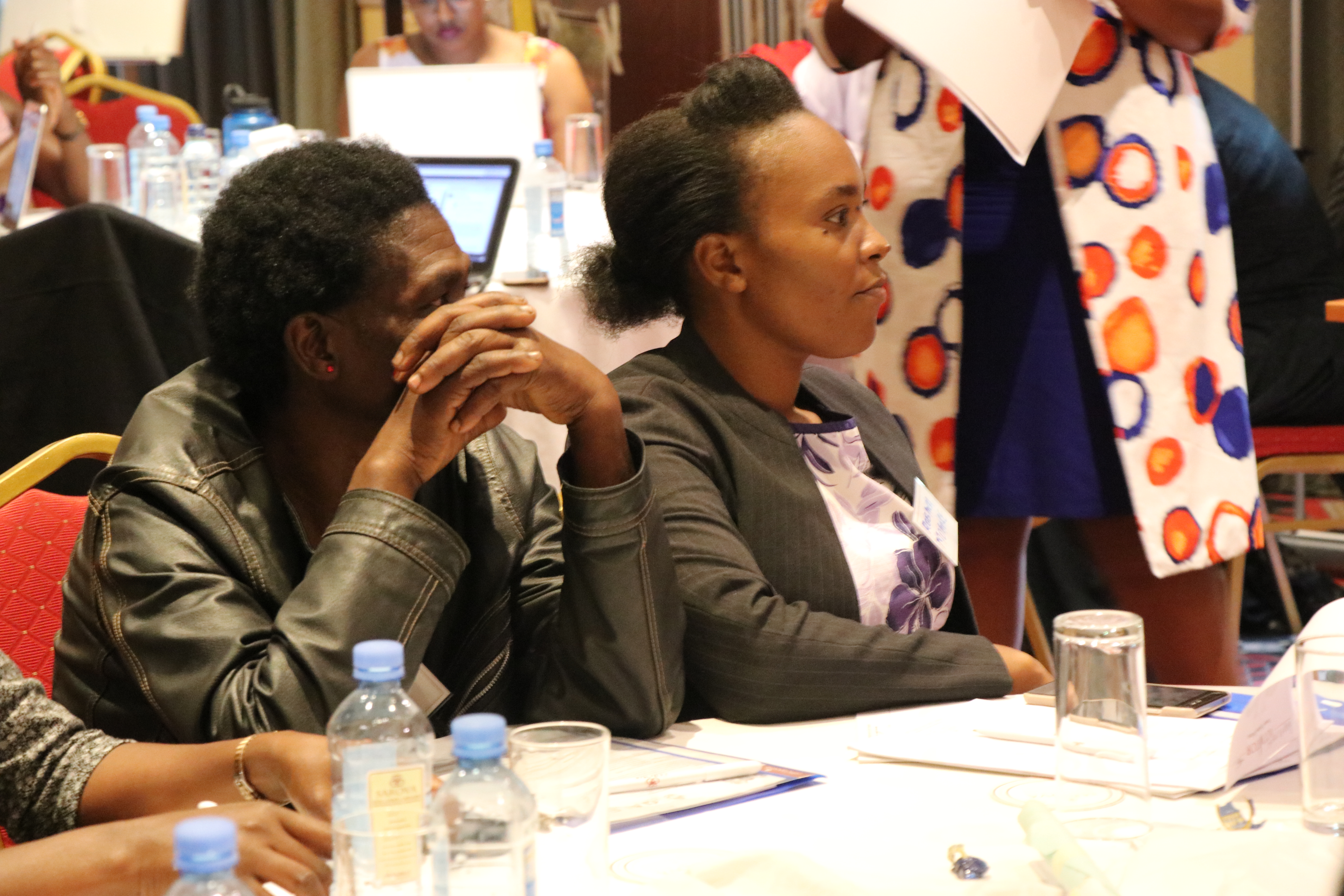Community engagement for community health

If we want to improve the quality of community health services and achieve Universal Health Coverage we need to engage with hard to reach populations. During the USAID SQALE implementation period, there have been different levels of interaction with the community. This session in the 2019 Learning Event explored the different types and levels of engagement within the community.
Participants felt that there were some groups that were more difficult to engage. The two hardest to reach groups identified by all participants were men and adolescents. Men did not consider ANC services to be their concern and were at work during the week which made visiting the health centre challenging. To approach the men, the most effective intervention was to allow the man and woman to come to the health facility together, where they could skip the queue, were given priority, and were given health education as a couple. In terms of community action, engaging men through focused dialogue meetings and identifying champions (supermen/superdads) was effective as was stressing the economic value of being engaged in their partners and their own care.
Participants explained that teenagers tend to hide their pregnancies, due to stigma and misinformation in the community. They fear queuing with ageing women in the health centre and services are not particularly youth friendly so if they did attend they were often lost to follow up. For some services, such as ANC, young people may have to seek their parents’ consent, and this means disclosing their pregnancies. Youth clubs/support groups and having an adolescent spokesperson as part of the WIT/CHVs has helped overcome some of these challenges. Other activities that were trialled included outreach in schools, sports and other events, such as youth days, to bring the youth together.
Other groups who were difficult to engage included the religious sector, women who work in illegal bars, people who live on rubbish dumps, the elderly, disabled people. The Kavanokya religious sect in Mwingi [Kitui county] are often reluctant to seek care and participants explained that they are the focus of intensive health education. Finding champions within their community to mentor others was also found to be a useful way of changing attitudes and behaviours. In terms of remote households the usual methods of community engagement were used, such as barazas and household visits. But ensuring CHVs come from these remote localities is also useful.
To encourage communities to demand their rights, participants considered community sensitisation and education and leadership from chiefs and other powerful members of the community to be important. They felt there is a need for clearer social accountability mechanisms in relation to health, such as conflict resolution and complaints mechanisms and community advocates. Participants felt that service charters which outlined when and how services should be delivered and lines of communication with government to address issues like under-staffing would support this process. Champions who could support this process include political parties, the children’s office, chiefs and local administrations, faith leaders, women’s groups, social services, betting sites, boda boda men and NGOs.